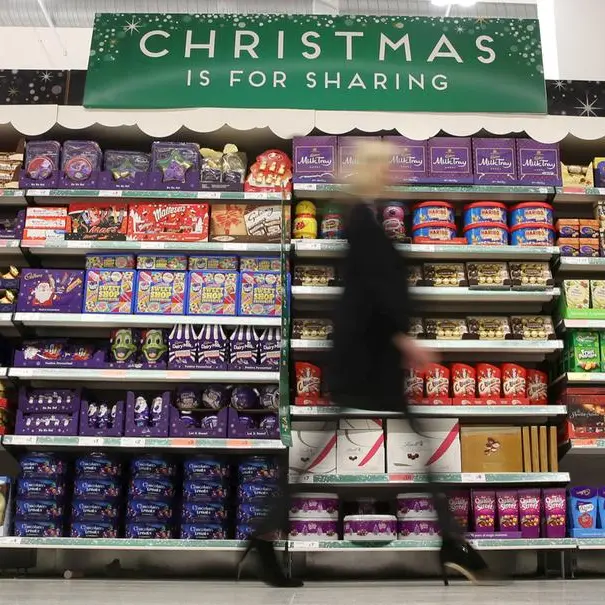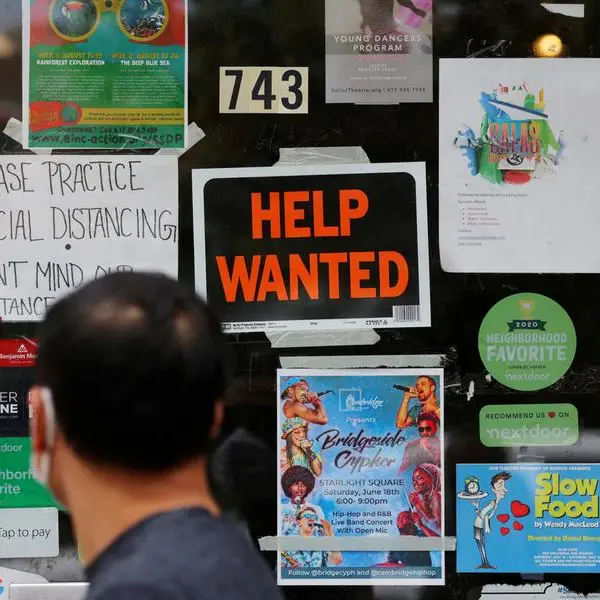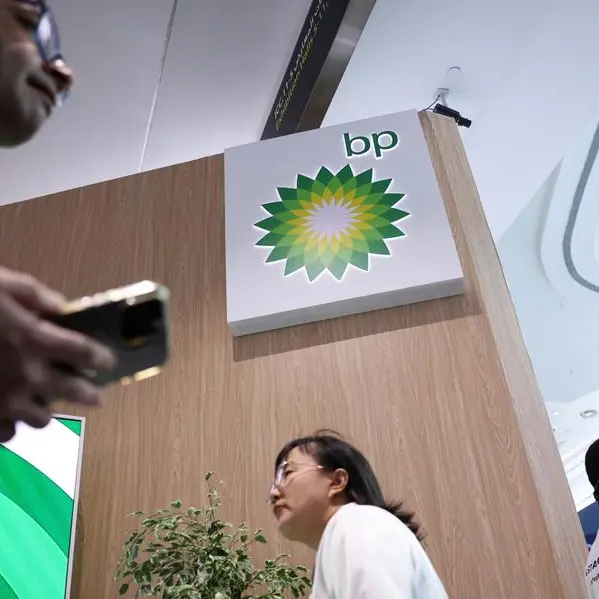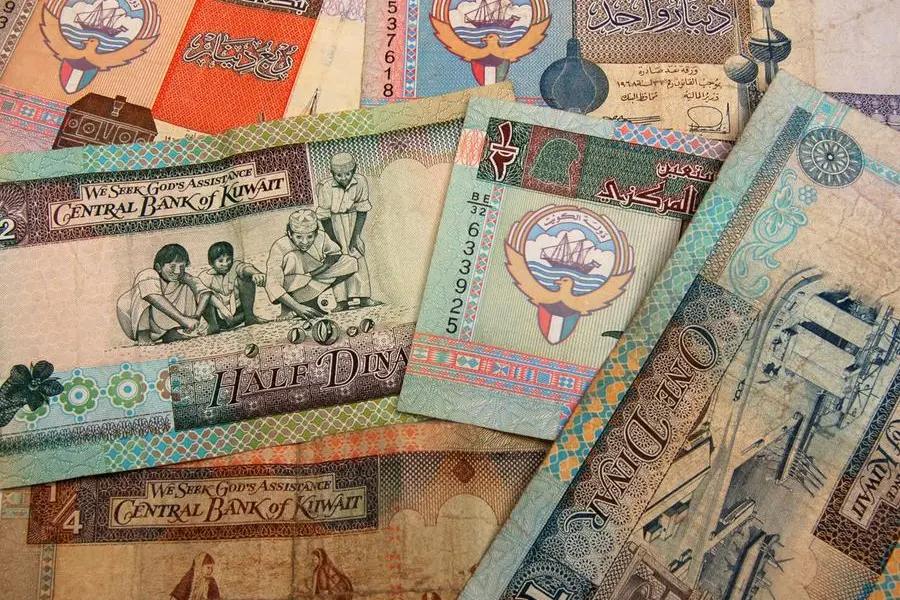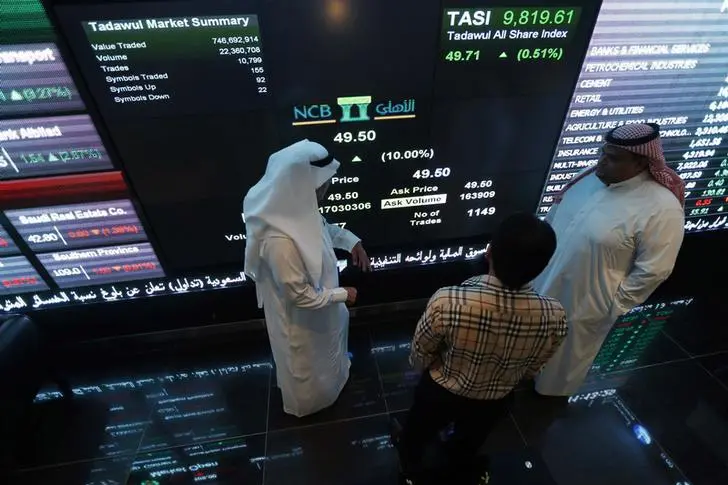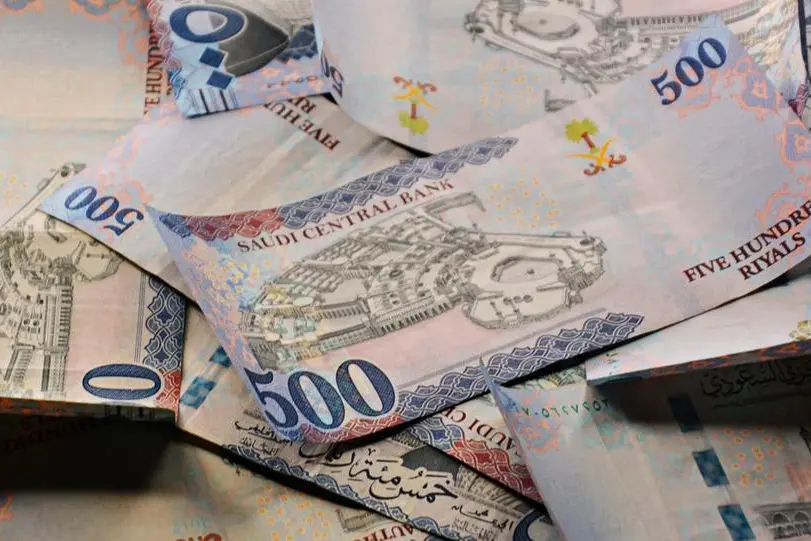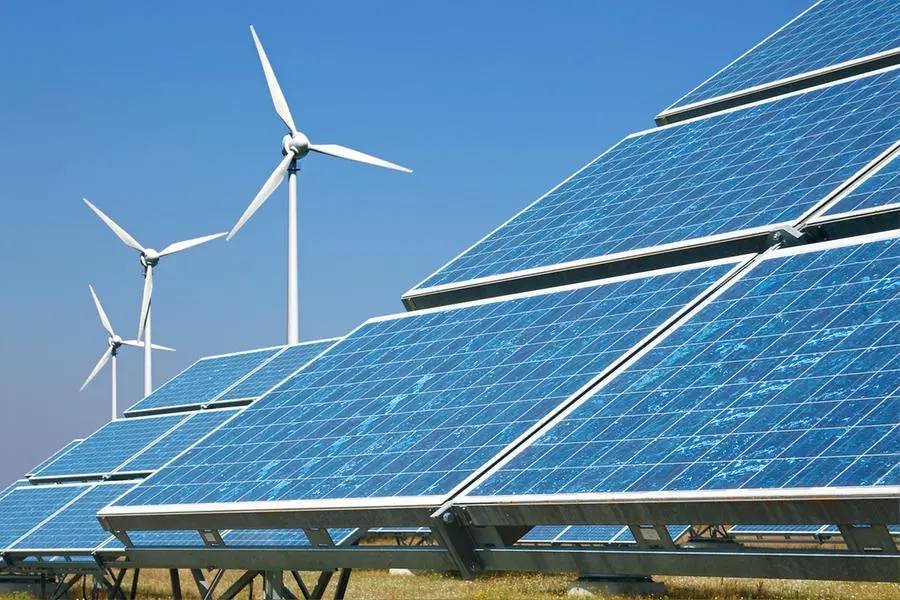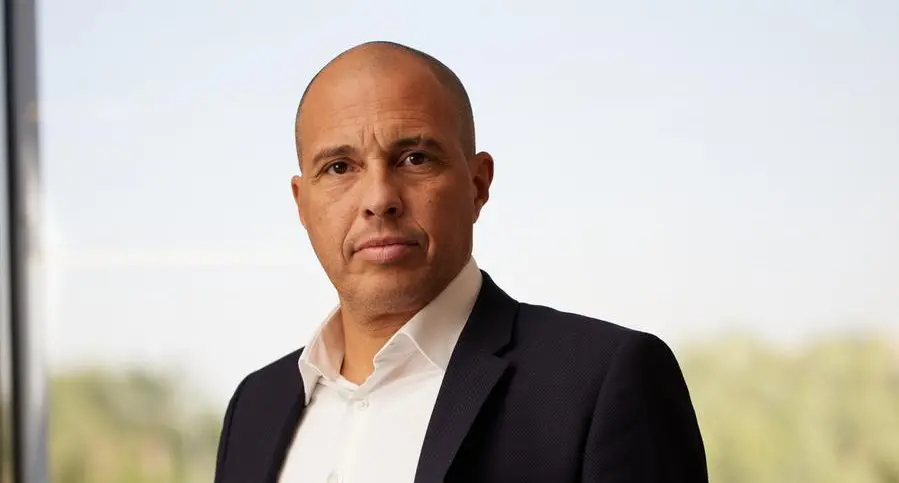PHOTO
(The opinions expressed here are those of the author, a columnist for Reuters.)
ORLANDO, Florida - With the U.S. growth outlook darkening, it's no wonder the Federal Reserve is expected to come to the rescue and start cutting interest rates again, perhaps as soon as May.
But one of the main causes of the incoming economic storm is tariffs, and that could make Chair Jerome Powell's job a lot less straightforward.
Cutting rates makes sense if the looming downturn is of the traditional variety, meaning it's accompanied by a decline in inflation as demand, spending and investment all cool.
But 'traditional' is not a word that springs to mind when assessing the current environment. President Donald Trump's 'on again, off again' tariff fights with America's biggest trading partners has the potential to both tank growth and boost inflation.
True, policymakers were able to breathe a collective sigh of relief on Wednesday when inflation data showed consumer prices rose less than expected last month. But it may be a temporary reprieve because the inflation pass through from tariffs has yet to be felt.
If the catalyst for an economic downturn is inflationary, the Fed's typical toolkit suddenly becomes much less effective. As economists at Morgan Stanley put it, "increased tariff intensity" puts the Fed in a "difficult spot."
Of course, if push comes to shove and a severe downturn occurs or market turmoil ensues, the Fed probably will cut rates – even if inflation remains above its 2% target. But the prospect of stuttering growth and sticky prices – so-called 'stagflation' – hugely complicates that calculus, as mollifying one problem could make the other worse.
PAUSE INTO 2026?
Tariff proponents insist duties aren't inflationary. Consumers can buy domestic goods instead, and in the longer run, exchange rate appreciation and a narrowing trade deficit will cap prices. Or so the argument goes.
But most economists disagree and say tariffs are ultimately passed on to consumers. In theory, tariffs raise the price level permanently but only push up the inflation rate temporarily, assuming inflation expectations don't rise too.
Fed officials maintain expectations remain well-anchored, but consumers appear to feel differently. The University of Michigan's latest survey showed one-year inflation expectations jumping to 4.3% from 3.3%, and over the next five years households see inflation at 3.5%. That's the highest since 1995.
Michael Pearce at Oxford Economics says rising long-term inflation expectations due to tariffs would be an issue for the Fed. "If the spike in February inflation expectations sticks, the Fed could delay rate cuts through the middle of next year, rather than resuming them later this year," he wrote on Monday.
Jan Hatzius and his team at Goldman Sachs expect core PCE inflation to reaccelerate this year to 3.0%, nearly half a percentage point higher than they'd previously expected. Inflation at 3.0%, a full percentage point above target, would be hard for many Fed officials to stomach.
Another complicating factor is the dollar. It started this year at its strongest level in decades, but all its gains from the post-election 'Trump bump' have evaporated. Downside momentum is building, and further weakness would just add fuel to the inflation fire.
TREAD CAREFULLY
Right now, on balance, the economic environment indicates that further easing is likely. Demand, as evidenced by consumer spending indicators, is cooling, business and consumer confidence is falling, the stock market has dropped from all-time highs, and growth this year is now expected to be below trend.
But with inflation still hovering closer to 3% than 2% and Trump's trade war just heating up, the Fed will need to tread carefully.
It won't need reminding of how the bond market reacted the last time the Fed was perceived to be underestimating inflation. When the Fed cut rates by more than expected last fall long-dated Treasuries sold off and yields surged over 100 basis points in relatively short order.
So slowing growth may warrant lower rates, but that risks triggering another selloff at the long end of the bond market - a classic rock and a hard place that Fed officials might find themselves stuck between soon.
(The opinions expressed here are those of the author, a columnist for Reuters.)
(By Jamie McGeever, editing by Deepa Babington)
Reuters





